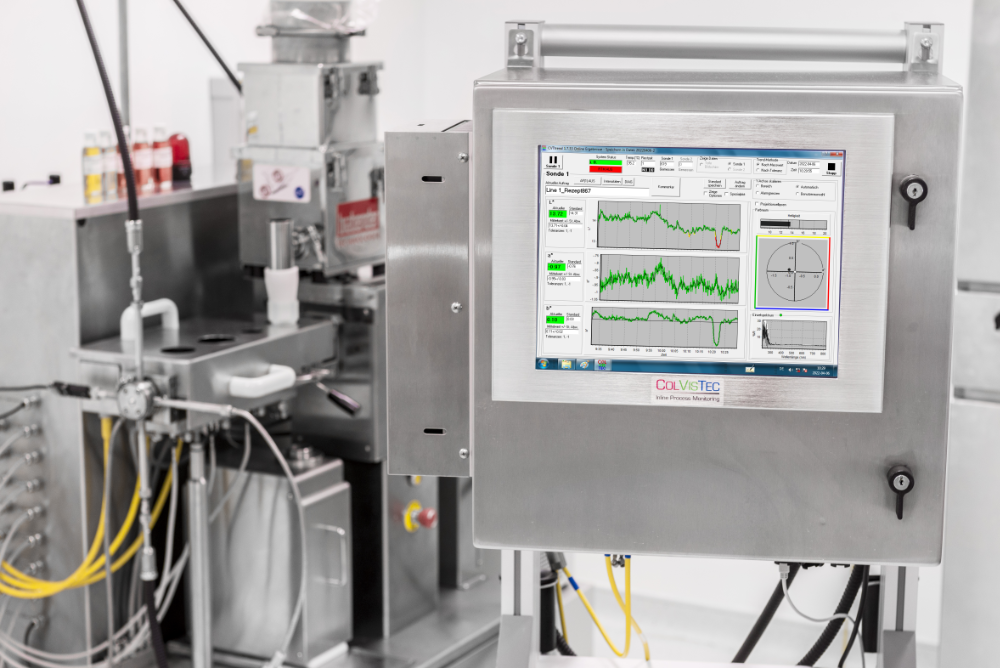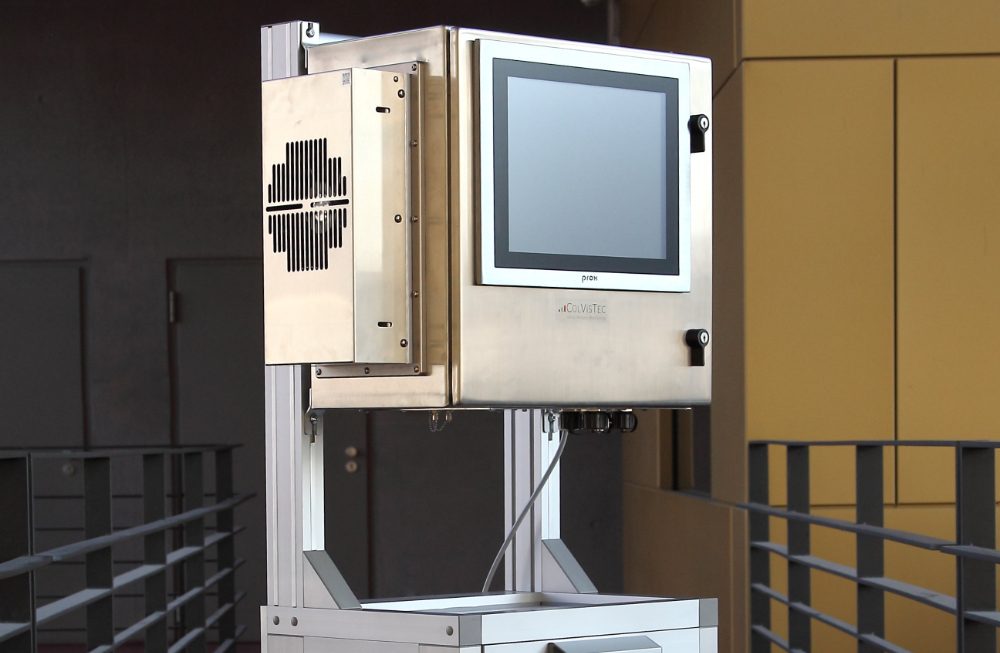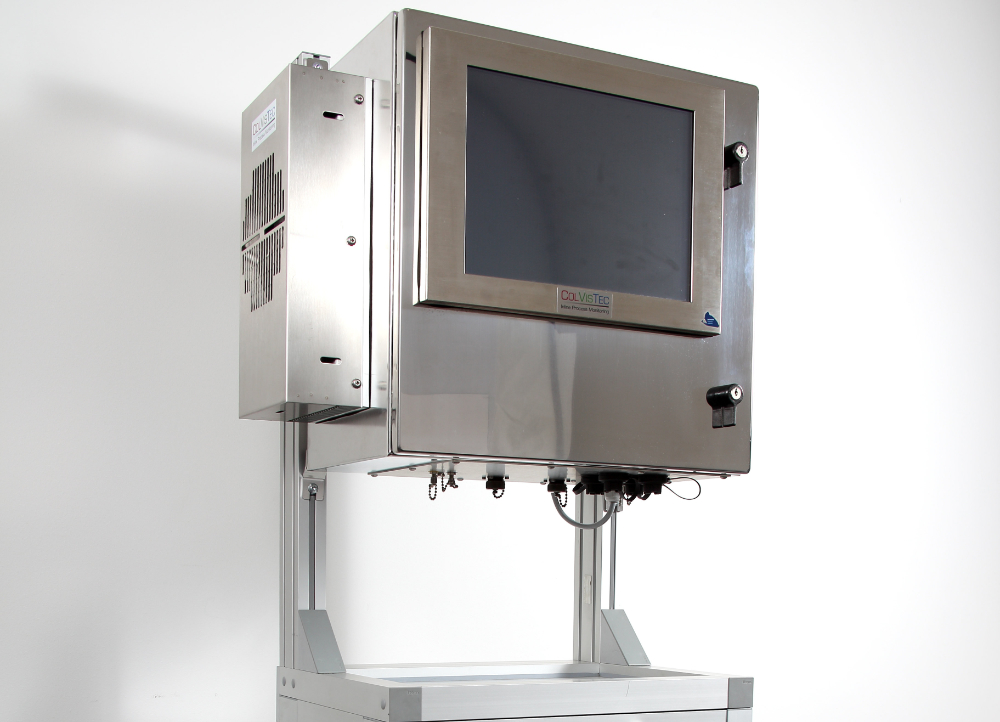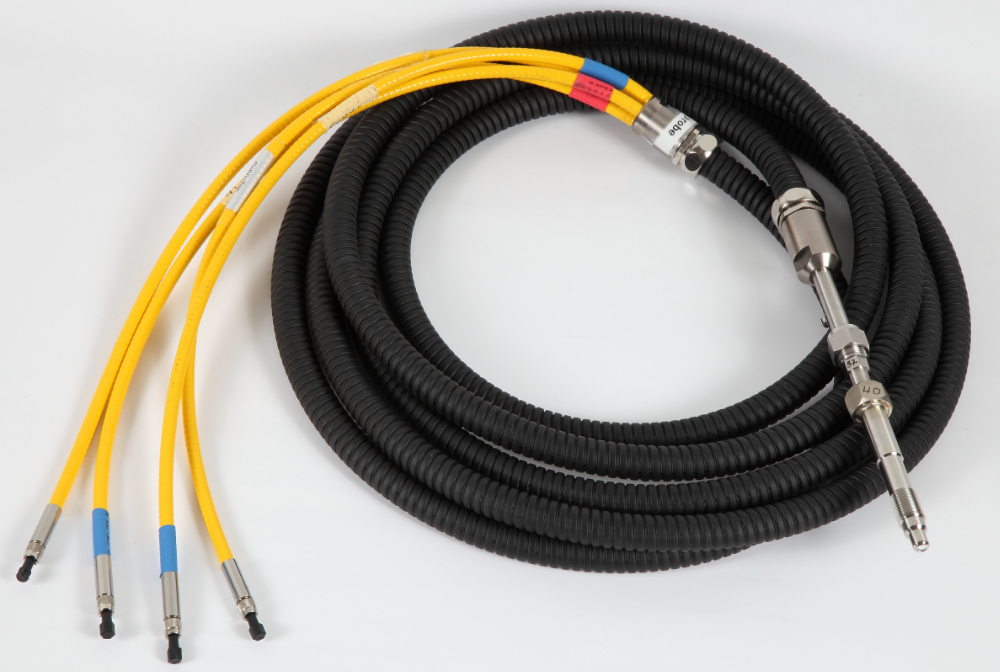ColVisTec’s In-line spectroscopy systems are suitable for monitoring physical and chemical reactions in solid, molten and solution states.
Track and observe polymerization reactions, degradation reactions, mechanochemical reactions, evolution of water, blending, and crystallisation, every second - without physical sampling and off-line analytics.
Combine spectroscopy methods according to your chemistry. Our systems enable simultaneous, in-line UV-Vis, NIR or Raman spectroscopy to be performed, with seamless transfer of data to your preferred data-Ops, visualization or analytics software.




